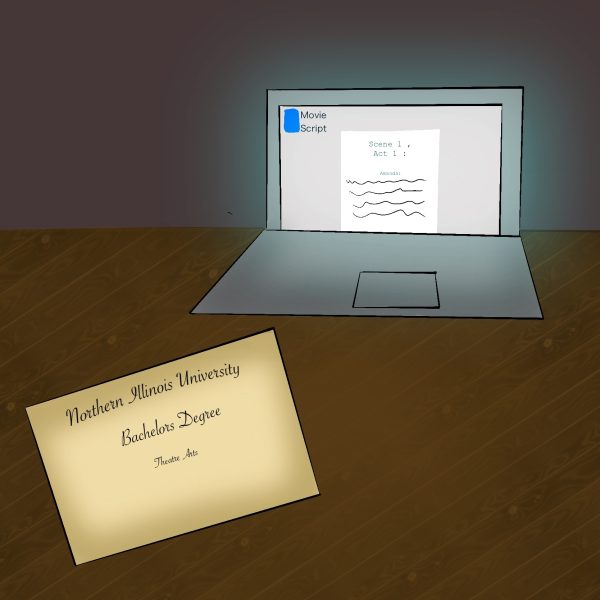Simple resources for cold sufferers
October 14, 2005
Has anyone noticed how many people around campus have been sniffling, coughing and sneezing?
Yes, the cold season is in full swing.
Just a little more than a week ago, the air was so humid, most of us could hardly function as we dragged our sweaty selves out of bed and off to class. A few days later, it started to actually feel like fall outside. Just as we were getting used to the wonderful lack of humid, hot air, the mercury skyrocketed again. Now it’s back to feeling like fall again.
The psychotic weather roller coaster we’ve been on lately is just one thing that can bring on a cold.
According to the National Institute of Allergy and Infectious Disease’s Web site, “More than 200 different viruses are known to cause symptoms of the common cold… In the United States, most colds occur during the fall and winter.”
They go on to say spending more time indoors at the onset of cold weather increases the chances of cold viruses spreading. Cold viruses survive better when humidity is lower, and the cold weather makes the inside of your nose drier, making it more susceptible to infection.
Most of the time, colds aren’t enough to impair our ability to go to class, so one will often find someone blowing his or her nose or coughing loudly every five minutes, spreading their germs throughout the classroom.
While those who are not sick sympathize – we’ve all been there before – let’s face it, it’s very distracting to hear the symptoms of a cold during class.
I’m not chastising those of you who brave your cold symptoms and make the trek to class. In fact, I’m praising you on your efforts.
By offering some remedies, I’m going to try and help lessen the amount of time you’re stuck in class, sniffling, coughing and sneezing. These remedies might help those who are sick, thereby helping those who aren’t sick. Everyone wins.
One Web site, www.aworldofaromatherapy.com suggests three essential oils can be used to help with cold symptoms: basil, eucalyptus and tea tree. To find out more about how to use aromatherapy to help with your cold, visit www.aworldofaromatherapy.com/essential-oils-cold-and-flu.htm.
The writers at www.earthclinic.com recommend another method: hydrogen peroxide in the ears. Yes, this may sound a little iffy at first, but according to reader feedback, everyone who tried it found it helpful.
A popular method to help with the congestion that comes along with a cold is hydrotherapy. TheSite.org recommends deeply breathing in the steam from your shower or a bowl of hot water to help loosen up congestion.
The most common suggestions to help battle your cold are to get lots of sleep, drink fluids, eat healthy food, and get your fill of vitamin C.
Also, there is always the good ol’ chicken noodle soup standby. There’s just something wonderful about eating warm soup when you’re all stuffed up and miserable.
Dozens of other simple remedies for the common cold are available online. Just type “cold remedies” in a Google search, and you’re on your way.
Just because there isn’t a cure for this ailment doesn’t mean you have to succumb to it.
Treat yourself especially well throughout the life of your cold.
Check out some Web sites and see what other remedies you can find.
I personally recommend a big box of tissues and a bag of tasty cough and throat drops. Fill your jacket or backpack pockets with them so you can take them along to class with you.
This way, when you’re coughing up a lung during a lecture, you can pop a cough drop and give yourself and everyone else a chance to actually hear what the professor is saying!
Good health!
Columns reflect the opinion of the author and not necessarily that of the Northern Star staff.












